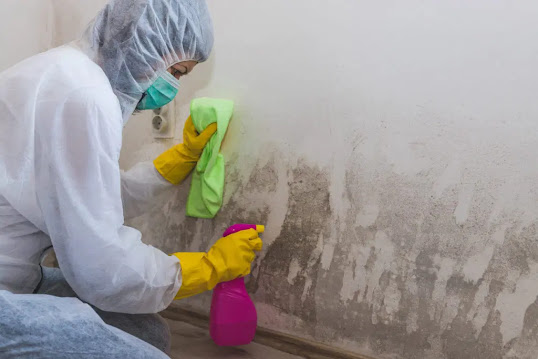What Are the Most Effective Mould Inspection Methods in Australia?
Mould growth can be a hidden danger in Australian homes, especially with the country’s diverse climates ranging from humid coastal areas to dry inland regions. Identifying mould early is crucial to protecting both the health of your family and the integrity of your property. This is where Mould Inspection Methods come into play, helping to detect hidden mould and prevent it from spreading. In this article, we will discuss the most effective Mould Inspection Methods used by professionals across Australia.
Visual Inspection
The first step in any Mould Inspection Method is a simple visual inspection. Experts thoroughly examine the property, looking for signs of mould growth, including visible spots, discolouration, and water damage. The inspection focuses on areas most prone to moisture, such as basements, bathrooms, and kitchens. While visual inspection can identify major mould infestations, it might miss hidden mould behind walls, ceilings, or under floorboards.
Moisture Meter Readings
One of the most reliable Mould Inspection Methods involves measuring the moisture content in building materials. Moisture meters are used to detect areas with high humidity levels, which can lead to mould growth. By assessing the moisture content of walls, wood, and drywall, professionals can pinpoint areas at risk of mould infestation, even if the mould isn’t yet visible. This method is particularly useful in preventing mould from taking hold in hidden spaces.
Thermal Imaging
Thermal imaging technology is increasingly being used as a Mould Inspection Method in Australia. This method involves using infrared cameras to detect temperature differences within walls, ceilings, and floors. Since mould thrives in damp, cooler environments, thermal imaging can identify cold spots where moisture may be present, even when there is no visible sign of mould. It’s a non-invasive method that helps experts target areas for further inspection and remediation.
Air Quality Testing
Another key Mould Inspection Method is air quality testing. This process involves collecting air samples to measure the concentration of mould spores in the indoor environment. High levels of spores can indicate a potential mould issue. Air quality testing is particularly helpful in identifying hidden mould, as it detects spores in the air that may be circulating throughout your home. This method is often used when the mould is not easily visible or when symptoms of mould exposure are present.
Swab and Surface Sampling
For more accurate detection, Mould Inspection Methods often include surface sampling. Experts take samples of mould from affected surfaces using swabs or tapes. These samples are sent to laboratories for analysis to identify the type of mould present. This method provides a definitive answer regarding the severity of the mould problem and whether it is toxic or non-toxic, which can help guide appropriate remediation measures.
Conclusion
The most effective Mould Inspection Methods in Australia combine a range of techniques, from visual inspections to advanced technology like thermal imaging and air quality testing. These methods ensure that mould is detected early and accurately, preventing it from spreading and causing health issues or structural damage. If you suspect mould in your home, it’s essential to contact professionals who can use these methods to identify and address the problem promptly. Don’t wait for mould to take over—invest in a thorough mould inspection today for a healthier, safer home.




Comments
Post a Comment